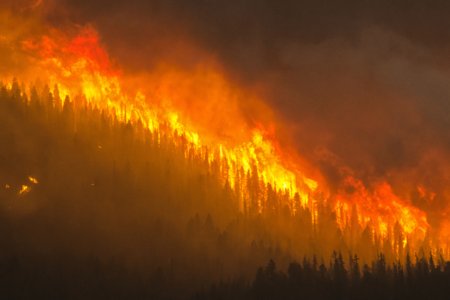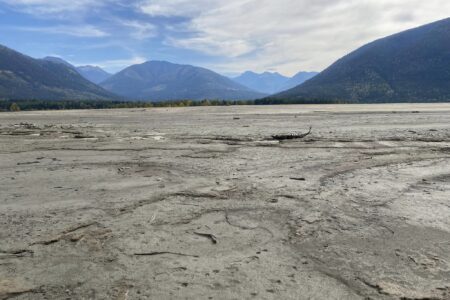Greatest tree change in North America to hit B.C., Alberta
Some of the greatest shifts in tree species are expected to occur in both the northern and southern extremes of western North America, such as British Columbia and Alberta.
Over the last three to four decades, forests throughout much of western North America have been subjected to disturbance at a scale well beyond that previously recorded over the last century.
Although some disturbances may be attributed to fire suppression policies, which have resulted in fuel accumulation and denser stands prone to insect attack, climate change is more likely the cause, based on recent surveys and analyses of natural mortality by a new study by Oregon State.
In the new report, scientists outline the impact that a changing climate will have on which tree species can survive, and where. The study suggests that many species that were once able to survive and thrive are losing their competitive footholds, and opportunistic newcomers will eventually push them out.
In some cases, once-common species such as lodgepole pine will be replaced by other trees, perhaps a range expansion of ponderosa pine or Douglas-fir. Other areas may shift completely out of forest into grass savannah or sagebrush desert.
In central California, researchers concluded that more than half of the species now present would not be expected to persist in the climate conditions of the future.
“Some of these changes are already happening, pretty fast and in some huge areas,” said Richard Waring, professor emeritus at Oregon State University and lead author of the study. “In some cases the mechanism of change is fire or insect attack, in others it’s simply drought.
Waring said tree species that are native to a local area or region are there because they can most effectively compete with other species given the specific conditions of temperature, precipitation, drought, cold-tolerance and many other factors that favor one species over another in that location.
In the future, if climatic conditions continue to change at accelerated rates, the report expects field surveys to report species in some places being replaced with those that have become more competitive, and less vulnerable to disturbance.
Among the findings:
- Some of the greatest shifts in tree species are expected to occur in both the northern and southern extremes of this area, such as British Columbia, Alberta, and California.
- Large declines are expected in lodgepole pine and Engelmann spruce, and more temperate species such as Douglas-fir and western hemlock may expand their ranges.
- Many wilderness areas are among those at risk of the greatest changes, and will probably be the first to experience major shifts in tree species.
- Some of the mild, wetter areas of western Oregon and Washington will face less overall species change than areas of the West with a harsher climate.
- More than half of the evergreen species are experiencing a significant decrease in their competitiveness in six eco-regions.
The article continues:
- http://www.enn.com/enn_original_news/article/43515?utm_source=feedburner&utm_medium=feed&utm_campaign=Feed%3A+EnvironmentalNewsNetwork+%28Environmental+News+Network%29&utm_content=Google+Reader
For further information:
- http://www.fsl.orst.edu/~waring/Publications/pdf/RSE-in%20press_Aug%2022%202011.pdf
























Comments